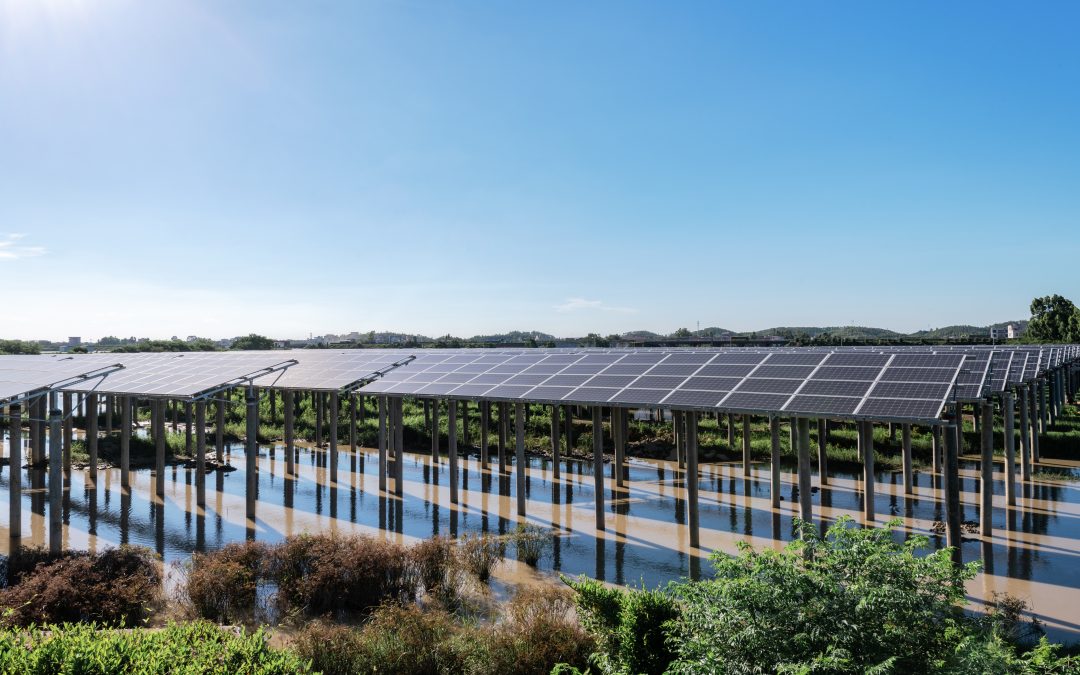Washington D.C. is setting a benchmark for urban centers aiming to adopt renewable energy on a large scale. Community solar projects have become a critical component of the district’s drive toward sustainability, making solar energy accessible to all, including low-to-moderate-income (LMI) households. With ambitious climate goals and innovative initiatives, D.C. is proving that clean energy can benefit even those who may not have the ability to install solar panels on their own property.
What Is Community Solar?
Community solar, also referred to as shared solar, allows multiple residents or businesses to share the energy generated from a central solar array, typically a solar farm. Subscribers purchase a portion of the energy produced, and in return, they receive a credit on their electricity bill. This model is particularly appealing to renters, those living in shaded areas, or individuals who may not have the means to install their own solar panels.
For a dense, urban environment like Washington D.C., where many residents live in apartments or homes unsuitable for solar installations, community solar offers a viable path to enjoying the benefits of renewable energy.
Solar for All: Expanding Solar Access in D.C.
One of the most impactful programs driving community solar growth in Washington D.C. is the Solar for All initiative. Launched by the D.C. Department of Energy & Environment (DOEE), this program aims to provide 100,000 LMI households with access to affordable solar energy by 2032. The goal is to reduce participants’ electricity bills by at least 50%.
Through the Solar for All initiative, various community solar projects have been developed across the district, providing clean energy to residents who may not have otherwise been able to afford solar power. By offering solar at no upfront cost, the program helps address energy inequality while advancing the city’s ambitious clean energy goals.
Oxon Run Solar Farm: A Beacon of Success
The Oxon Run Solar Farm is one of the largest community solar projects in Washington D.C., and a prime example of the city’s commitment to environmental justice and renewable energy. Built on 15 acres of public land in Southeast D.C., Oxon Run is the largest solar installation in the district, capable of producing 2.65 megawatts of electricity. This clean energy powers hundreds of LMI households, significantly lowering their energy bills and helping to alleviate energy poverty in underserved communities.
The Oxon Run project highlights the collaborative efforts of the D.C. government and private organizations to bring solar power to all residents, regardless of income level or homeownership status. In addition to reducing costs for families, the project contributes to the district’s broader climate goals by cutting carbon emissions and promoting energy independence.
Brookfield Properties and D.C.’s Push for Corporate Solar
Corporate involvement has also played a key role in advancing community solar in Washington D.C. Brookfield Properties, a global real estate developer, has been a leader in incorporating solar energy into its projects across the district. In partnership with Solar for All, Brookfield Properties has installed solar panels on several of its buildings, providing clean energy not just to its tenants, but also to residents across D.C. through community solar subscriptions.
By integrating solar installations into its urban developments, Brookfield Properties is demonstrating how businesses can lead the way in transitioning to renewable energy. Their work in Washington D.C. also aligns with the district’s larger goals of reducing greenhouse gas emissions by 50% by 2032.
How Community Solar Contributes to D.C.’s Climate Goals
Washington D.C. has set some of the most ambitious climate targets in the U.S., with the goal of reaching 100% renewable energy by 2032 and achieving carbon neutrality by 2050. Community solar projects are essential to achieving these goals, as they expand access to renewable energy and help reduce the city’s overall reliance on fossil fuels.
The district’s Renewable Portfolio Standard (RPS) mandates that at least 10% of the city’s energy must come from solar by 2041. Community solar allows D.C. to rapidly scale solar energy production while making it accessible to a wider range of residents, helping the city meet its RPS targets.
Benefits of Community Solar for Washington D.C. Residents
Community solar provides multiple benefits to Washington D.C. residents:
- Accessibility: Residents who cannot install solar panels on their roofs—whether due to financial constraints, renting, or unsuitable roofs—can still participate in the renewable energy transition.
- Cost Savings: Through programs like Solar for All, low-income households can see significant reductions in their electricity bills, helping to alleviate the financial burden of energy costs.
- Environmental Impact: By increasing the district’s share of solar energy, community solar projects help reduce carbon emissions, contributing to cleaner air and a healthier environment.
The Future of Community Solar in D.C.
With several successful projects already in place and strong government support, Washington D.C.’s community solar landscape is poised for continued growth. As more residents become aware of the financial and environmental benefits, the demand for community solar subscriptions will likely increase, encouraging the development of more solar farms across the city.
For solar companies and developers, Washington D.C. presents a unique opportunity to contribute to the clean energy revolution. The district’s commitment to renewable energy and its forward-thinking policies make it an attractive market for community solar projects. By working together with local governments and organizations, solar companies can play a vital role in transforming the energy landscape in D.C. and ensuring that solar power is accessible to everyone.
Washington D.C.’s community solar projects, backed by initiatives like Solar for All and pioneering installations like the Oxon Run Solar Farm, are making renewable energy more accessible to all residents. These projects not only help reduce energy costs for households, especially in low-income communities, but also play a critical role in advancing the city’s climate goals. As Washington D.C. continues to lead the way in urban sustainability, community solar will remain a key driver of the district’s transition to clean, renewable energy.


Recent Comments